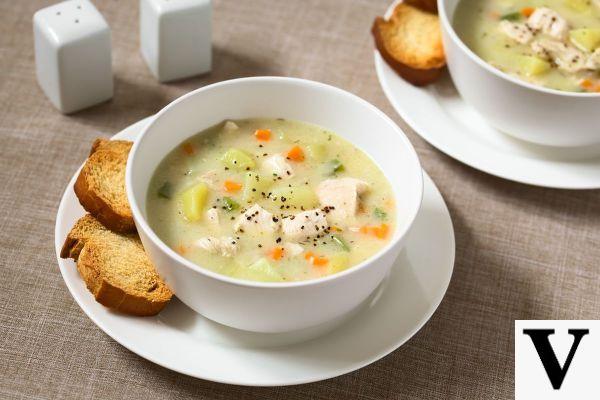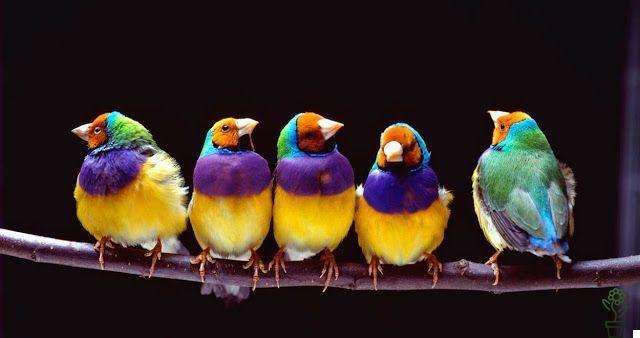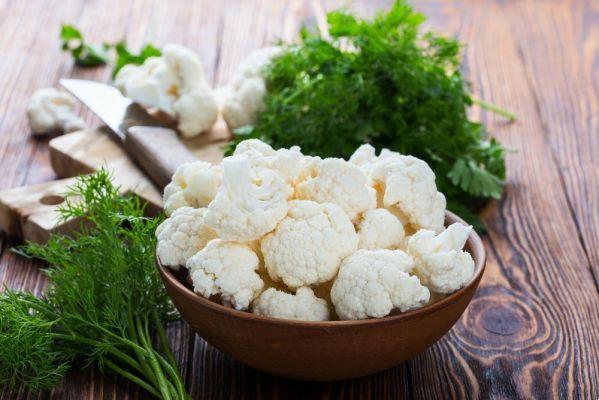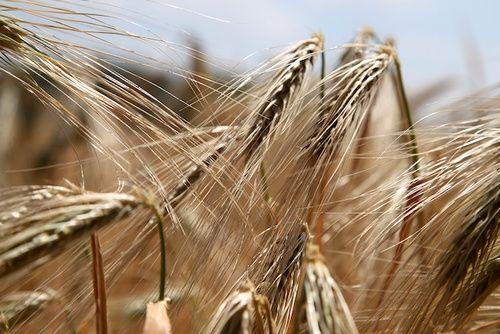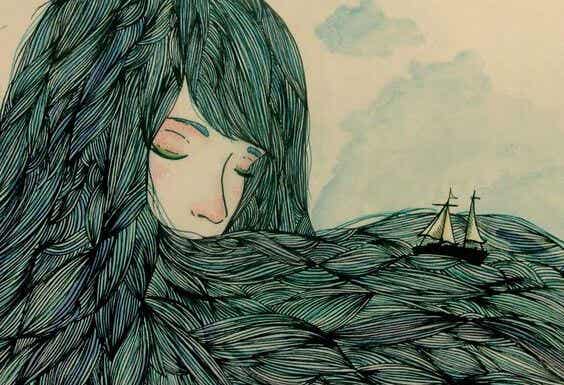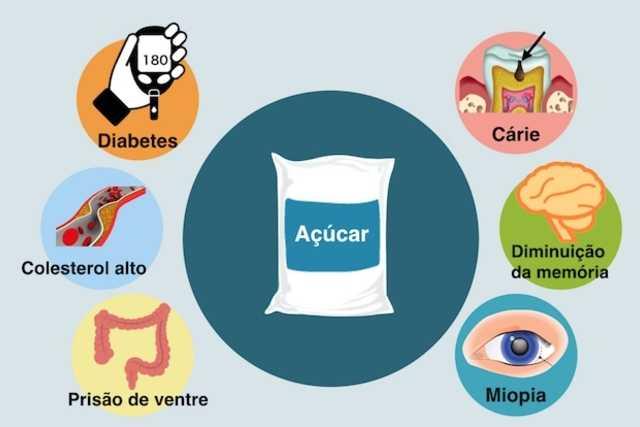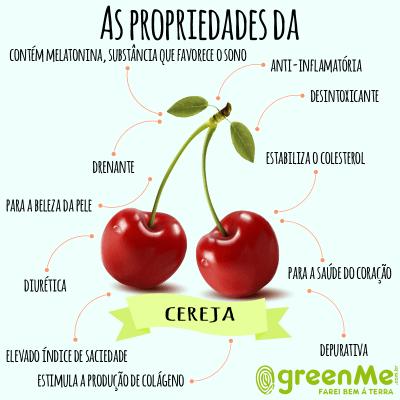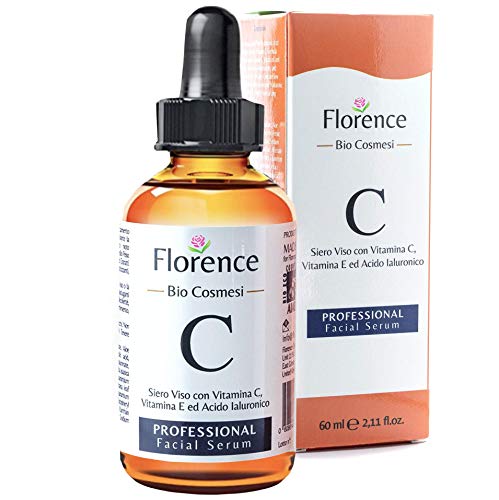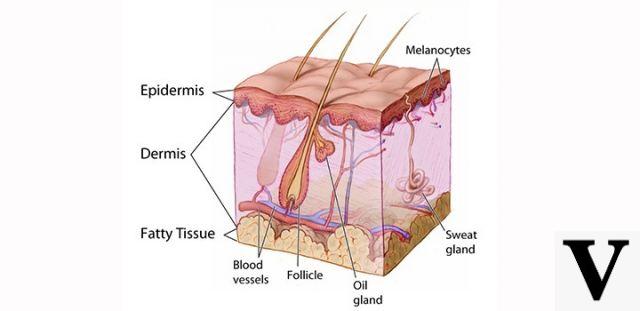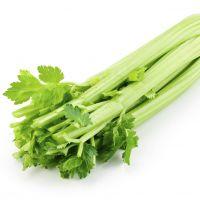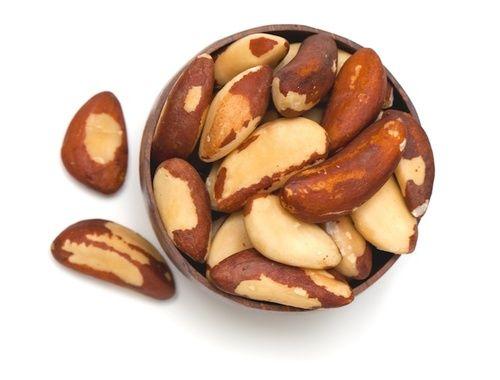Diet for celiacs it must be gluten-free and balanced in order not to create nutritional imbalances. Let's find out better.
> 2. Nutrition for celiac disease
> 3. Did you know that
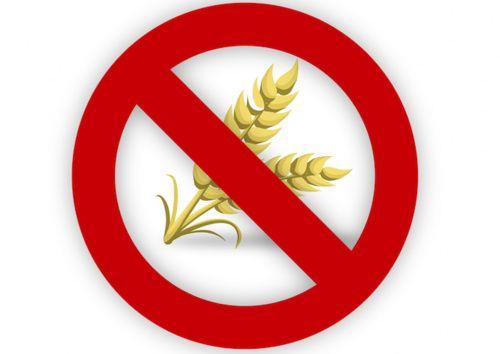
What is celiac disease
La celiac disease it is an infection of the intestinal mucosa that is triggered when a genetically predisposed person takes foods that contain gluten.
The damage is attributable to glandin, a protein derived from gluten present in some cereals (wheat, rye, barley, oats) and their derivatives.
The immune system reacts by activating itself against the intestinal epithelium and thus triggering disorders that vary from person to person, but generally including: malabsorption, diarrhea, flatulence, and often anemia, muscle cramps, osteoporosis, irregular menstruation.
La diagnosis of celiac disease it is done by performing a gastroscopy which serves to preview a sample of the intestinal villi to be analyzed by biopsy. However, there are less invasive tests, useful to provide a first indication of the presence of the disorder.
Celiacs, to stay healthy, must follow agluten-free diet.
Properties and nutritional values of gluten-free bread
Food for celiacs
Diet for celiacs therefore excludes all foods that contain gluten.
Gluten is not an indispensable protein to the proper functioning of our body, therefore eliminating it does not create particular nutritional imbalances. The problem is the diffusion of this protein in our diet, which therefore makes it difficult to keep it wide open.
In reality, in the last few years there has been fortunately an increasing attention towards the diet for celiacs; various companies therefore produce specially designed foods, available in large-scale distribution. Even some bakeries and artisan pastry shops have equipped themselves to offer products suitable for celiacs. The problem, if anything, is the cost of these foods, often quite high.
In addition to following a gluten-free diet, celiacs should have one diet capable of boosting the immune system and therefore take, for example, yogurt and / or fermented milk, enriched with probiotic enzymes.
However, diet for celiacs is a rather complex issue, as it is necessary to acquire specific knowledge on the nutritional profile of foods, it is therefore advisable to consult the handbook of foods for a celiac diet, on the site of the Association el paesena Celiachia (AIC).
When to introduce gluten in the child's diet?
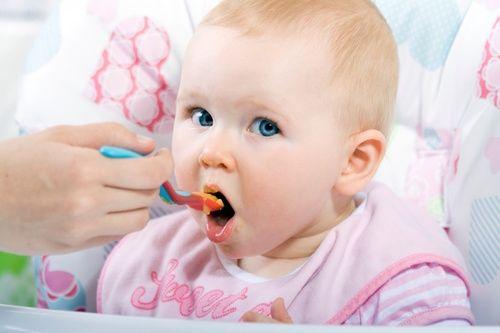
Did you know that
There is a risk of contamination of naturally gluten-free products, which celiacs must consider. In order to have products suitable for celiac nutrition, the manufacturing companies must apply a correct control of the raw materials and the finished product.
All this is very important as, during the production of food, phenomena of cross or environmental contamination of gluten can occur. It can thus happen that a naturally gluten-free ingredient turns into a contaminated finished product. This occurs when foods that are naturally gluten-free are processed in the same plant together with others that contain it.
For this reason, some categories of products, even if derived from ingredients that are originally gluten free, are considered to be at risk. LThe complete list can be found on the AIC website.
Find out about the remedies for celiac disease
Other topics on diet for celiacs
> Celiac disease in children
> The celiac diet
> 5 gluten free recipes




